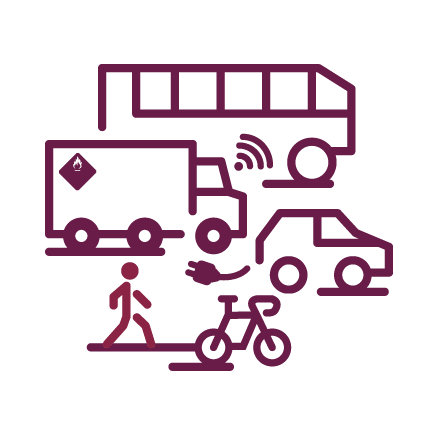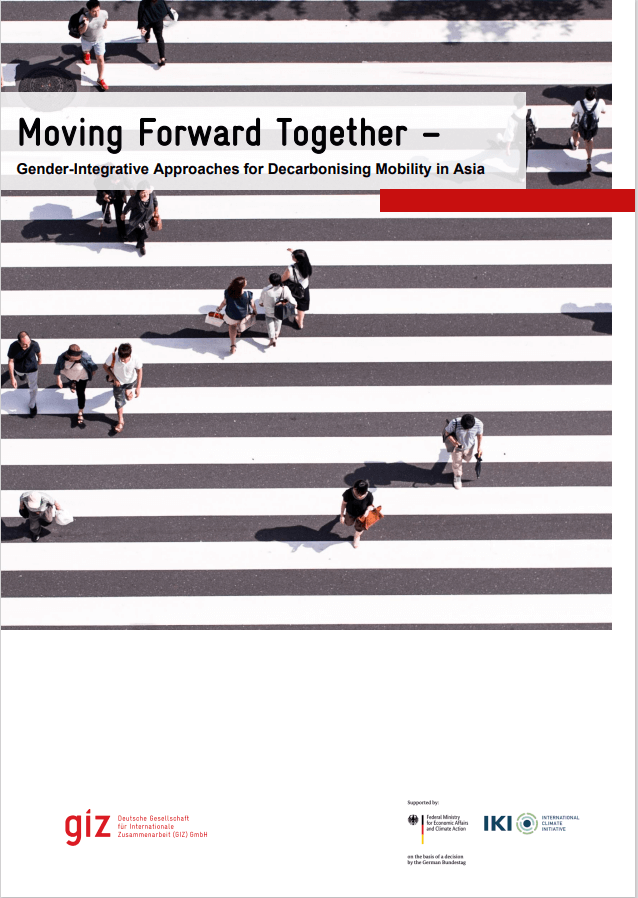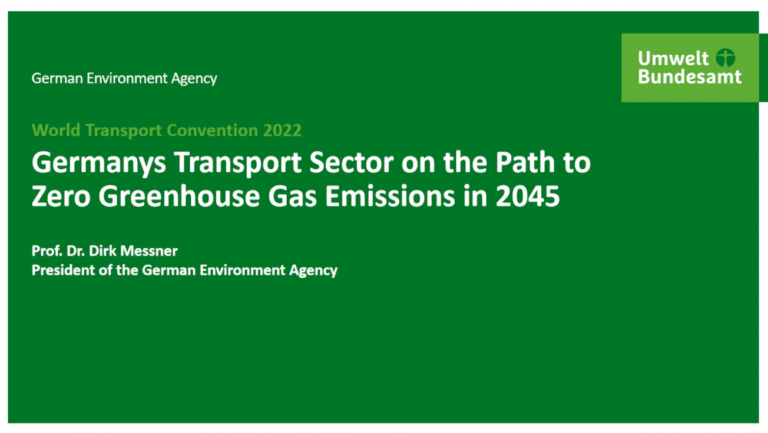Thick haze regularly envelopes Beijing and receives high attention within public debates and the media. Major contributors to bad air quality in the capital are particulate matter – tiny pieces of solid matter suspended in the air. Particles with a diameter of less than 2.5 micron (PM2.5) impose a severe human health risk. Due to the small size PM2.5 quickly and adversely affects the respiratory tract and can result in lung cancer as well as other cardiopulmonary and cardiovascular diseases. Last September, Beijing released a Five-Year Clean Air Action Plan (2013-2017) to effectively tackle its air pollution problem and aims to reduce PM2.5 by 25% until 2017. Reducing PM2.5 emissions originating from the transport sector is one of the corner pillars of the plan.
As a multi-source pollutant PM2.5 is challenging to control. Additionally, half of PM2.5 emissions are not directly emitted, but are oxidations of other air pollutants – so called secondary pollutants. The majority of private cars in Beijing are powered by gasoline which is generally less significant to primary PM2.5 emissions compared to diesel-powered vehicles. Exhaust gases from gasoline such as nitrogen oxides (NOx) and sulphur dioxide (SO2) strongly contribute to formation of secondary particles such as sulphate (SO4) and nitrate (NO3) in the air.
Earlier communication allocated approximately 22% of PM2.5 emissions to the transport sector, referring to total PM2.5 emissions (local and external combined). The latest research now differentiates between external and local sources and, therefore, helps to better identify anthropogenic pollution sources and potential mitigation measures. In early May, Beijing municipal government released the latest research result on sources of PM 2.5 emissions in the city for the year 2012-2013. According to the results regional transmission contributes approximately 28-36% while local pollutant emissions constitute about 64-72% of total PM 2.5. Mobile sources are the biggest contributor accounting for about one-third of local emissions.
The research results also inform about the chemical composition of Beijing’s PM2.5 which facilitates the source appointment. The significant amount of secondary particles such as SO4 and NO3 (combined share of 33%) and the high contribution of mobile sources to PM2.5 emissions are the most important target areas in combating fine particle pollution in Beijing. To reduce PM2.5 pollution the report highlighted the following measures:
- Strict control of emissions from automobiles, coal burning, industrial processes and soil dust.
- Promotion of joint prevention of emissions between different regions to reduce regional transmission of air pollutants.
- Focus on primary emission sources to tackle the large share of secondary pollutants.
- Further investigation on the sources of PM2.5 while implementing pollution control to better evaluate changes.
For more information please refer to the full article (Chinese only).
Within this context the GIZ China transport programme cooperates with local authorities and institutions on developing a sustainable urban transport network. For example, GIZ supports the China Council for International Cooperation on Environment and Development (CCICED) in developing a Special Policy Study on “Air Pollution Prevention and Control Action Plan Performance Evaluation and Regional Coordination Mechanism”. International experts supporting this study include Michael Walsh, international Co-chair of the SPS and Founding Chairman of the Board of the International Council on Clean Transportation, and Martin Lutz, Head of Air Quality Management in Berlin’s Senate Department for Urban Development and Environment.
Furthermore, the Transport Demand Management (TDM) project is setting up an emission modelling framework to better quantify road transport emissions and to evaluate the effectiveness of potential mitigation policies.





